graphene and nanotubes : Graphene thin strips are known as “graphene nanowires”. Due to their unique properties and properties, such as high surface area of active conductivity and bandwidth-adjustable electrical conductivity, these tapes have different applications, especially in the field of electronics. Since the properties of these bands (especially electrical properties) depend on the structural properties such as the shape of the edges, their width and their thicknesses, it is important to develop effective synthesis methods capable of producing the bands with the desired properties. The proposed approach is to cut and open longitudinal carbon nanotubes capable of synthesizing narrow graphene nanowires.
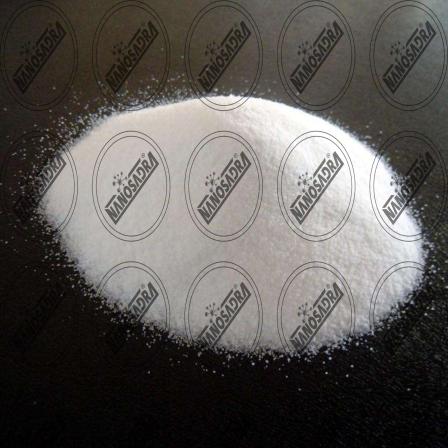
Why is graphene more useful than carbon nanotubes?
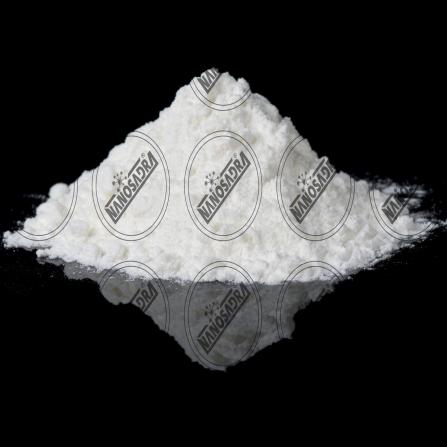 carbon nanotubes uses : Carbon nanotubes are hollow circular structures composed of carbon atoms that can be arranged in single or multi-walled form and also have metallic and semiconducting properties. Carbon nanotubes have very high surface area, high permeability and good mechanical and thermal stability. are. However, the pores of carbon nanotubes are significantly small. Properties of carbon nanotubes:
carbon nanotubes uses : Carbon nanotubes are hollow circular structures composed of carbon atoms that can be arranged in single or multi-walled form and also have metallic and semiconducting properties. Carbon nanotubes have very high surface area, high permeability and good mechanical and thermal stability. are. However, the pores of carbon nanotubes are significantly small. Properties of carbon nanotubes:
- Very small size and low density
- The dependence of their conductive state and their semiconductor geometries
- Emission and absorption of light
- Very high thermal conductivity
- High mobility coefficient of electricity
- The occurrence of unique electrical and mechanical properties along them
- High Young Module
- Sensitive to small changes in applied forces
- magnetic feature
- Very high surface density
- It had superconducting properties
Nanotube membranes have been shown to have more or the same current intensity than much larger poros due to the smooth surface of the nanotubes. These materials are durable, heat resistant and easy to clean and reuse in purification processes such as water and wastewater. Nanotube membranes can remove almost all water contaminants, including bacteria, viruses, organic compounds, and opiates.
]s graphene stronger than carbon nanotubes?
![]s graphene stronger than carbon nanotubes?](/wp-content/uploads/2019/11/1e9a0a3db37be8216108ee5dffb82e5a.jpg) carbon nanotube rope : Nanotubes are divided into single-walled and multi-walled nanotubes Single-walled nanotubes are divided into three major groups, chair and chiral, having metallic properties, with zigzag having semiconductor arrangement, depending on the arrangement of carbon atoms. The wall was made up of only carbon and a simple structure (a sheet of regular hexagons). From the beginning on the single wall they were taken as a single-dimensional atom phenomenon until this theory progressed step by step.
carbon nanotube rope : Nanotubes are divided into single-walled and multi-walled nanotubes Single-walled nanotubes are divided into three major groups, chair and chiral, having metallic properties, with zigzag having semiconductor arrangement, depending on the arrangement of carbon atoms. The wall was made up of only carbon and a simple structure (a sheet of regular hexagons). From the beginning on the single wall they were taken as a single-dimensional atom phenomenon until this theory progressed step by step.
The interest in these single-walled nanotubes and their attempt to replace them in the industry is based on theoretical calculations of the experimental effects on their excellent mechanical and electrical conductivity properties such as metals, however, the production of single-walled nanotubes is costly and the production is expected to continue with their properties. Nanotubes are difficult to process during polymer processing, although nanotubes produced using the Langmuir-Blajet technique incorporate horizontal and vertical motions, in addition to being held constant by gelatin and the formation of carbon nanotubes, are also uniformly homogeneous. And in terms of structure But they are in control.
Conversely, the availability and commercialization of multi-walled carbon nanotubes have led to significant advances to the extent that products are being commercialized. One of the disadvantages of multi-walled nanotubes to single-walled is that the strength Their performance is lower because the interlayer bonds are poor, but since nanotube applications in polymer reinforcement improve electrical and thermal properties, the mechanical properties of multi-walled carbon nanotubes are greatly improved. Also available for the production of single-walled nanotubes Does not yield adequate drainage and purity should not bring too much bother Oct tabloid material Stu may eventually damage the structure of carbon nanotube.
What are the uses of graphene & nanotubes?
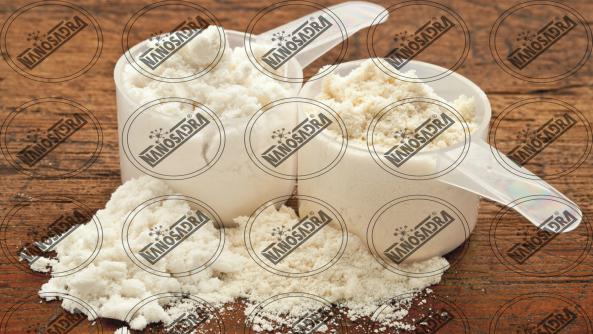 carbyne vs graphene : The use of graphene in the production of conductive fibers used in smart textiles has been the focus of wearable technology researchers for many years. The light weight, remarkable strength, and electrical and thermal conductivity of this nanostructured material, along with other carbon structures, will bring about a major shift in the market for smart electronic textiles, sports, medical and technical textiles in the near future. Graphite carbon materials, such as carbon nanotubes (CNTs) and graphene, are the strongest, lightest and most conductive fibers known to have the highest performance in terms of weight.
carbyne vs graphene : The use of graphene in the production of conductive fibers used in smart textiles has been the focus of wearable technology researchers for many years. The light weight, remarkable strength, and electrical and thermal conductivity of this nanostructured material, along with other carbon structures, will bring about a major shift in the market for smart electronic textiles, sports, medical and technical textiles in the near future. Graphite carbon materials, such as carbon nanotubes (CNTs) and graphene, are the strongest, lightest and most conductive fibers known to have the highest performance in terms of weight.
How do carbon nanotubes conduct electricity?
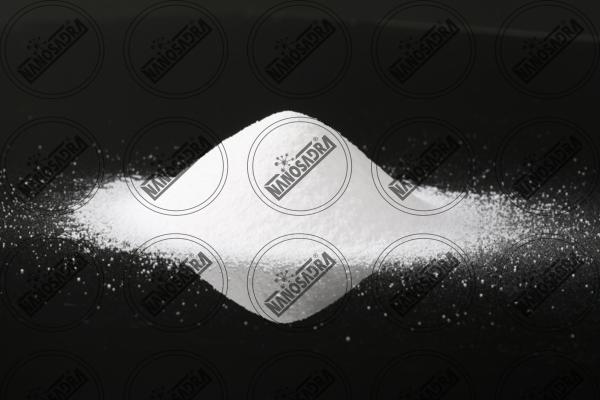 graphene properties : Introduction to Graphene: Graphene is a two-dimensional structure of a single layer of carbon honeycomb lattice. Graphene has become a unique material due to its excellent electrical conductivity and thermal conductivity, high density and mobility of charge carriers, optical conductivity and mechanical properties. This new solid-state system is considered as a very suitable candidate for the next generation of photonic and electron fragments due to these extraordinary properties and hence has attracted little record-keeping in fundamental and applied research.
graphene properties : Introduction to Graphene: Graphene is a two-dimensional structure of a single layer of carbon honeycomb lattice. Graphene has become a unique material due to its excellent electrical conductivity and thermal conductivity, high density and mobility of charge carriers, optical conductivity and mechanical properties. This new solid-state system is considered as a very suitable candidate for the next generation of photonic and electron fragments due to these extraordinary properties and hence has attracted little record-keeping in fundamental and applied research.
Although carbon can form a three-dimensional diamond network by bonding with four atoms, a two-dimensional sheet is formed when carbon bonds with three carbon atoms. These sheets are called graphene or graphene.

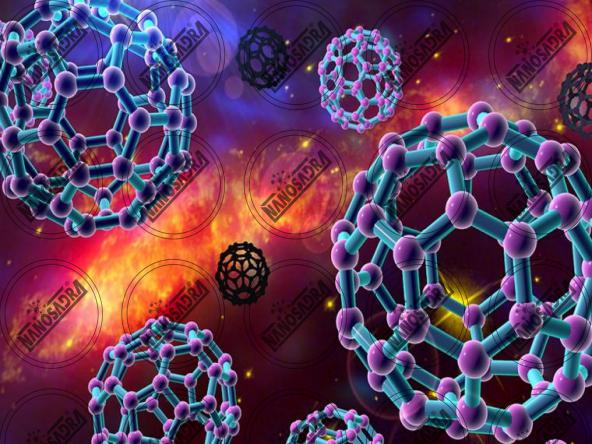
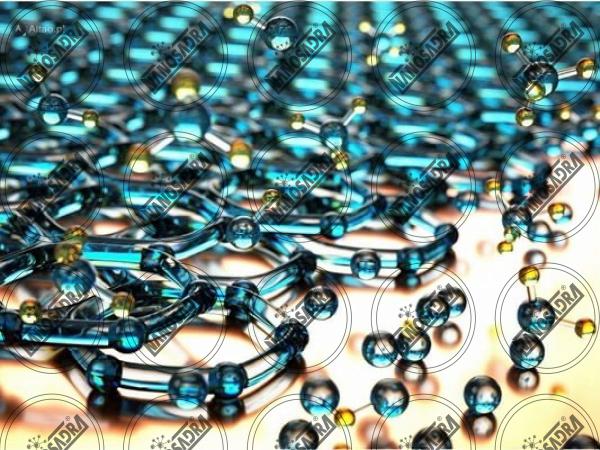
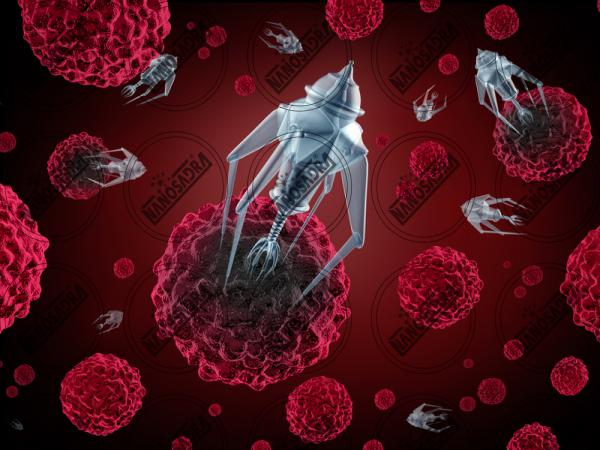

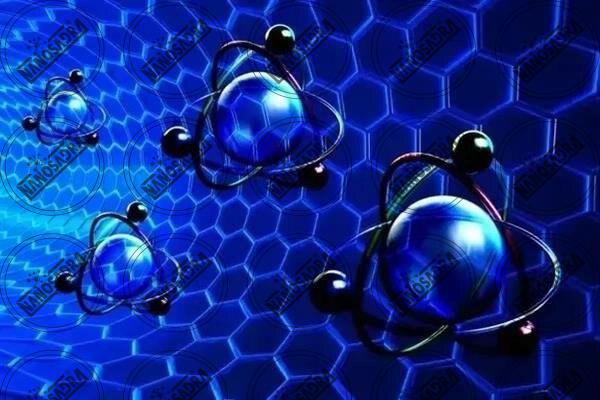




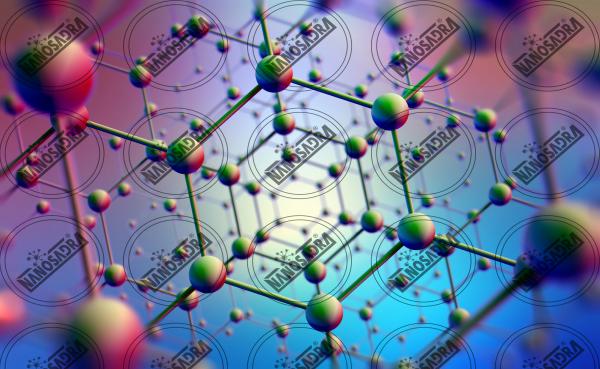
Your comment submitted.